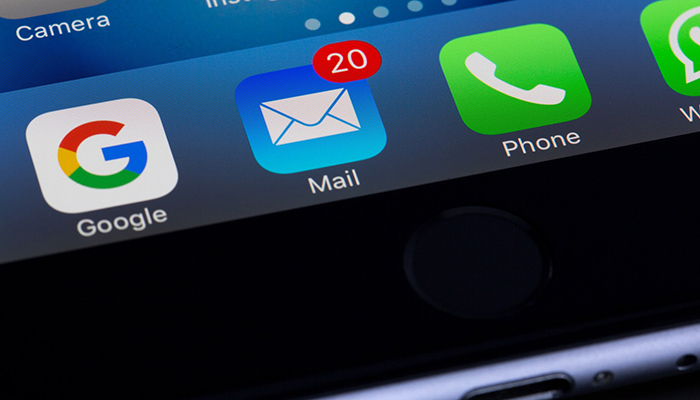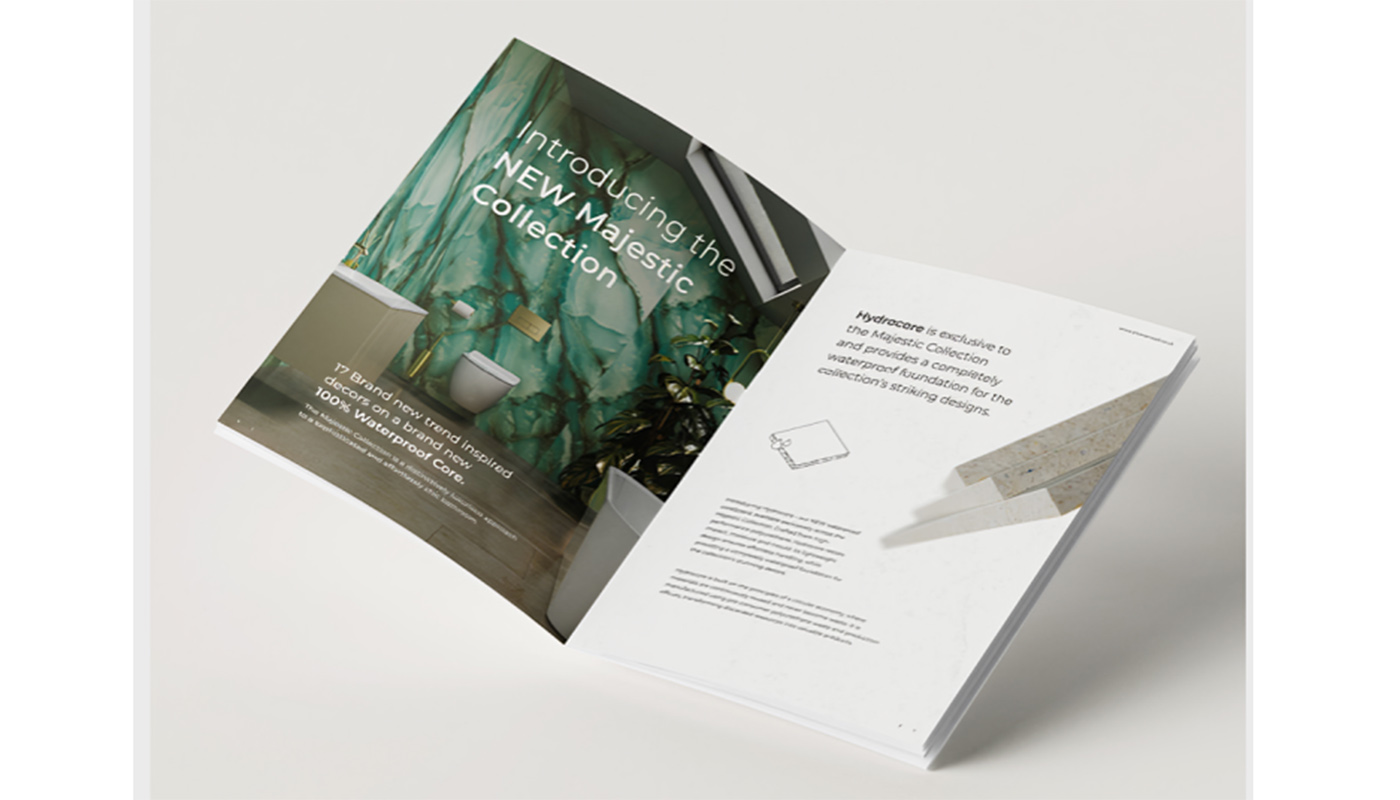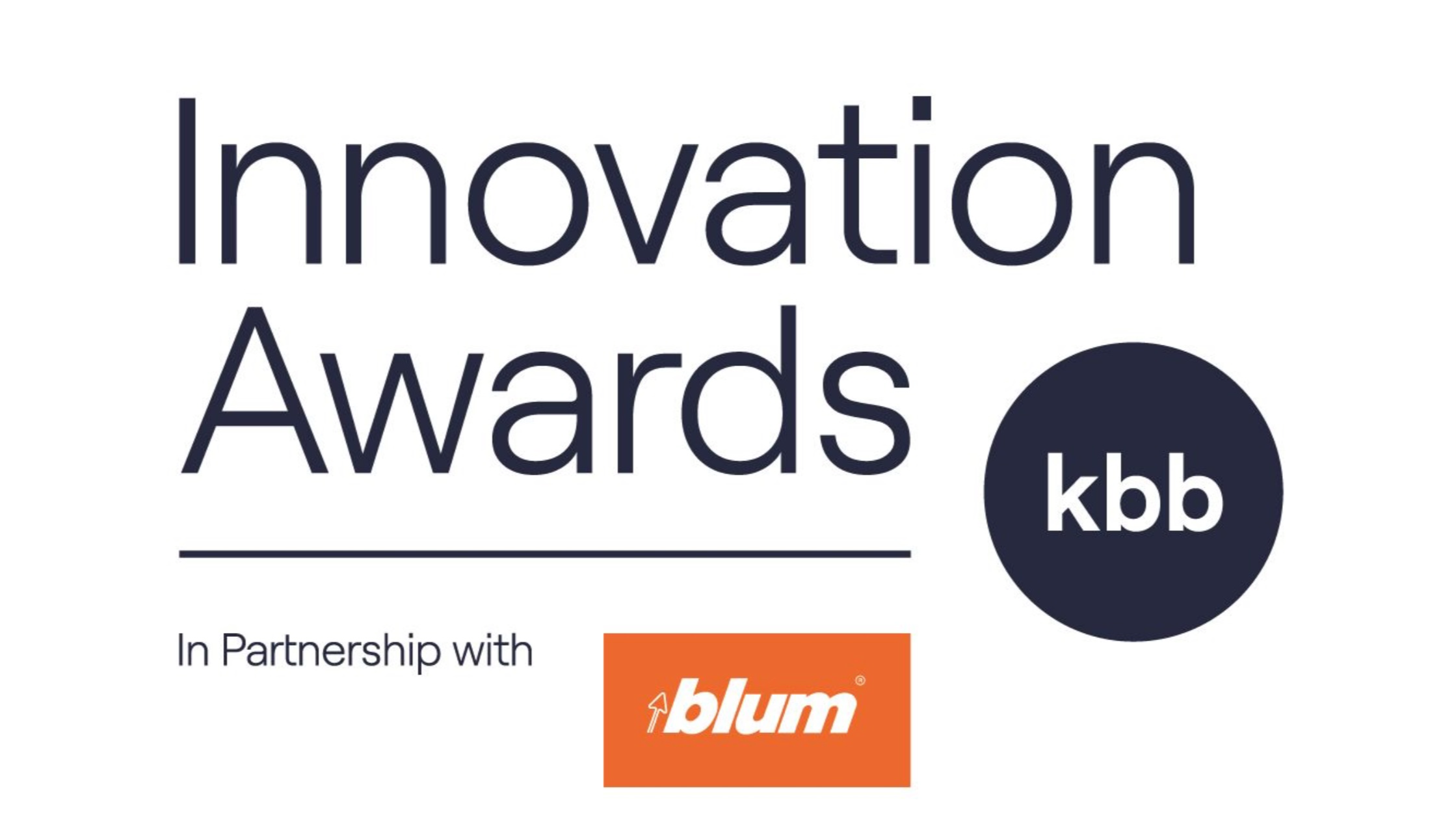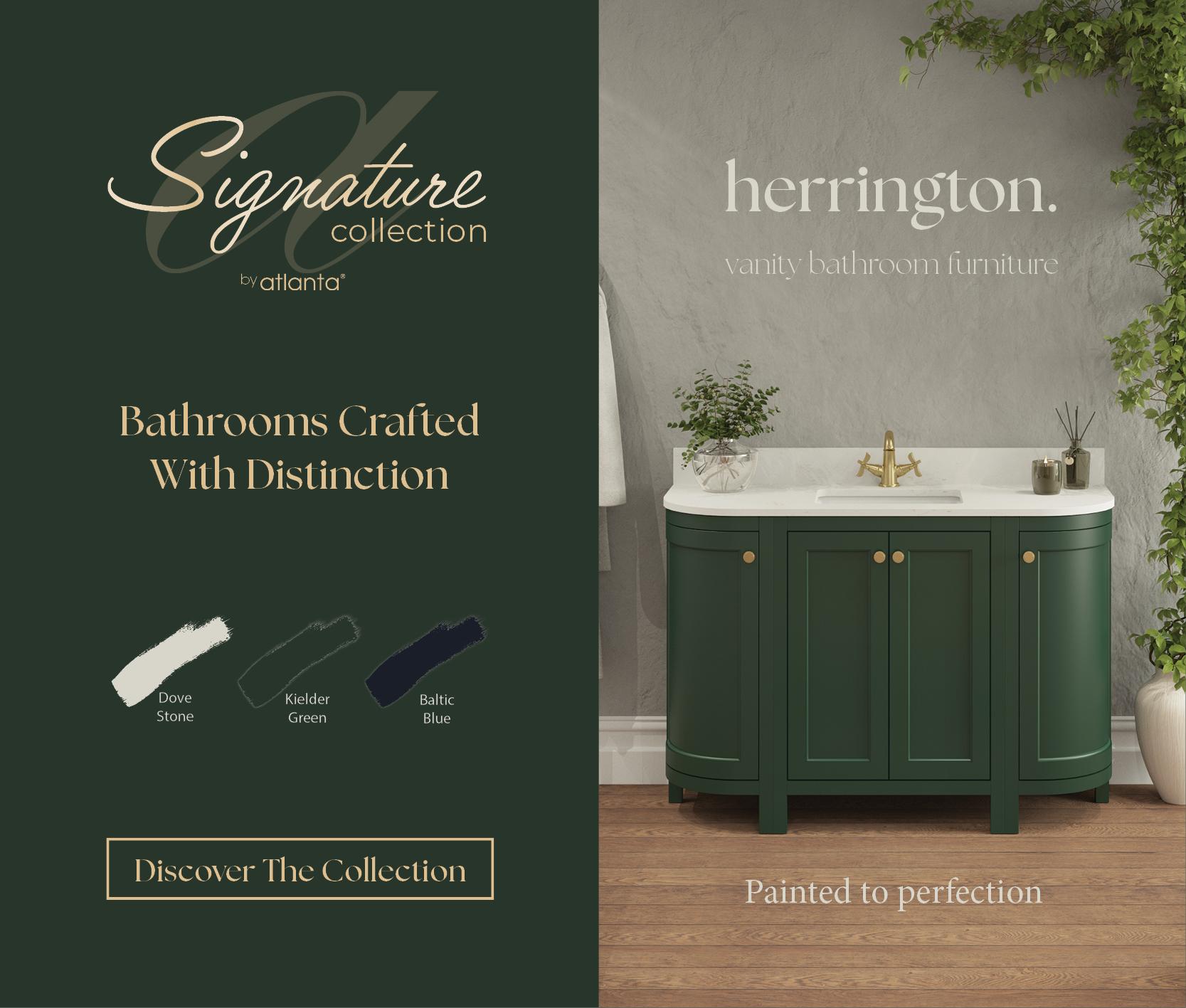Expert view: How to make newsletters part of your e-marketing strategy
Fri 11th Jun 2021 by Katrina Bell

Expert view: How to make newsletters part of your e-marketing strategy
Once the golden child of e-marketing with an enviable engagement rate, the last five years have seen a souring of relationships between the sender and the recipient of e-bulletins. Our web expert Katrina Bell explains why – and how – you should harness the power of the newsletter.
For many years, emailing customers with newsy updates was easily considered the optimum method of utilising contact data you had harvested. But busier inboxes, the relentless Trojan horse of spam mail, sharp practices that mean you are signed up automatically and then have to unsubscribe, and forms that require users to jump through hoops to complete that process – all have contributed to a halo of negativity surrounding the format. So much so that hardware/software manufacturers such as Apple have embedded the ability to unsubscribe from within its generic email software.
Considering the changing online habits necessitated by lockdowns, customer confidence in a deeper online relationship could result in a re-engagement with newsletters – but only if your marketing manners are up to scratch.
Businesses that can adapt with data-driven behaviours and embrace remote methods of sales and lead conversions have a much greater chance of engaging via newsletters. Here’s how it could be done:
1. Generic is out – curated and personalised are in
According to Campaign Monitor, the average office worker gets 121 emails a day. With so much competition for attention, a personalised newsletter has a much greater chance of success. One email in six weeks that is targeted specifically to previous purchasing behaviour will have greater impact than six that ignore the needs of the reader.
2. Consider using software
Email marketing software, such as MailChimp or EmailOctopus, has come a long way and now makes audience management and automation a symbiotic process. The learning curve is flat enough for even non-technically minded personnel, and really aren’t a drag on internal resources.
3. Incentivise sign-up and follow up
Offering a percentage off a purchase is common enough but maintaining goodwill can be a hard slog. Asking newly signed-up users whether they are happy to continue receiving news, offers and updates valuable to their individual needs has the opposite effect. Most users appreciate the gesture and will not unsubscribe. You’ve achieved buy-in twice and established a level of trust between your brand and them. Welcome emails still have great return on investment potential considering the relative low cost.
4. Take an individualised approach
Custom sign-up forms allow marketers to ask customers which specific products, services or topics will interest them – a surefire route to personalised content in future. Email marketing software will then do the hard work of sifting through the email database for the right targets for the right content.
5. Make it short and shoppable
If the average reading speed is between 200 and 250 words per minute, it’s not hard to imagine from your own experience how quickly you dismiss or bin much of your inbox. Tangible incentives such as discounts, refer-a-friend or free delivery heralded in the headline will at least get users to pause and read on.
6. Pay attention to information available to you
Don’t just read the analytics – take the time to read what they are telling you. If your MailChimp account tells you 5% of customers opened the email, consider why 95% did not and how that has affected your relationship with them. Also note the attrition rate – i.e., how many unsubscribe after each mailout. Has a once happy customer had their fill of your uncurated marketing?
7. Don't forget to ring the changes
If your content is becoming a month-by-month slog of blandness, why not embrace video messages via software such as Bombbomb, which lets you include videos within the app, upload pre-created videos, or pull in YouTube content videos, then send them out as email newsletters?
Photo – Miguel Á. Padriñán from Pexels
Tags: insight, features, newsletters, e-marketing, online strategy


























